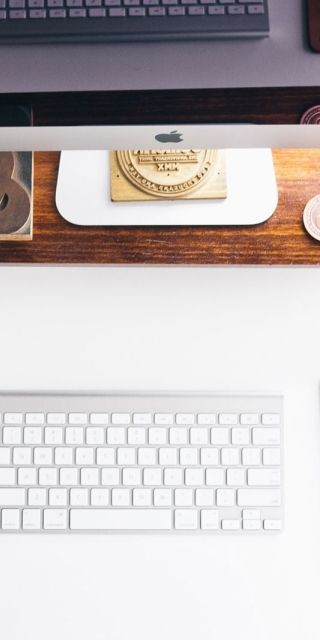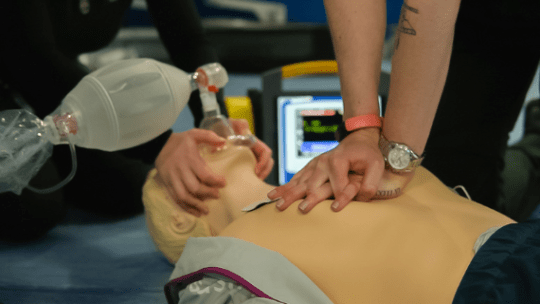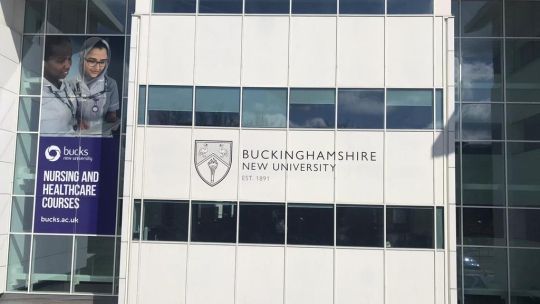
My placement as a BSc (Hons) Paramedic Science student
My placement as a BSc (Hons) Paramedic Science student
Hi everyone, my name is Aimee, and I am a first-year student paramedic. A big part of the paramedic science course is the placement. You spend the first part of the year learning the basics of paramedic practice, and now it is time to put it into use. Placement can be split into three sections: preparation, being out on the road and debriefing.
Preparation
To be able to go on placement, the South central ambulance service (SCAS) has a few courses and jobs you have to do. They are:
- Maybo training. This course teaches you conflict resolution skills, what you can do if a patient becomes aggressive and techniques to use if a patient becomes combative.
- Manual handling training. This is a test to see how much weight you can safely lift. You don't have to pass this test the first time as it takes practice to get it right, but you can pass the test at a lower weight first (50kg) before the full weight (75 kg).
- Fit test. Despite the name, fit testing is not an exercise test. It is a mask-fitting session. The mask is used in situations with highly infectious diseases. A nebuliser (a way to turn liquids into gas) is set up with salty water. You put on a mask and do some tasks as a machine reads how much-salted water gets in. You pass if the number is at a low level. If it is not, you do it again until you find a mask with the right fit.
- Set up a SCAS email and GRS account. SCAS will give you an email that they use to contact you. They walk you through how to activate and log in. GRS is how you get your shifts assigned to you, and you will also be shown how to set up an account and use it.
- Station visits. Each cohort has a few stations that students could be assigned to. Every student gets to visit the station they will be working at to see how it runs and how to locate everything they might need. For example, finding the ambulance you are working on that day, supply room, team leader's office, crew room and lockers.
Out on the road
My first day was nerve-racking. I walked into the station, going over in my head what I had to do to get ready, find the ambulance I was working on that day and who I was working with. I walked into the crew room and couldn't find the sheet to see where I was working. Someone must have noticed I was flustered because they helped me find the ambulance I was on. That's where I met my clinical team educator (CTE). A CTE is a paramedic who helps you with placement and any challenges you might face. For example, your portfolio of skills, improving skills or a tough call.
My crew got our first call, and as we went to it, my CTE told me how a job works and what he would like me to do. The day went on as I went to more jobs. I learned what a day looks like for an ambulance crew and what was expected of me as a student paramedic. The day was interesting and exciting but draining. I got home and slept, ready to do it again the next day. As the week went by, I learnt how to handle shift work. As someone who has never done shift work before, it took some getting used to. But I got used to it by the end of my placement block (usually about five weeks).
Another aspect to think about on placement is the portfolio. To keep a record of the skills you achieve on placement, I use an online portfolio system. I fill out forms for skills I accomplish each day, and once a week, I do a reflection form on how I have been doing and how I can improve. You can also fill out forms of interesting cases you have seen.
Debrief
You have made it through placement. Finally, you get to return to university and see your friends again. Our class spent the first week back doing a few things. They are:
- Catching up. Our class spent the morning exchanging stories, interesting cases we went to and our placement experiences.
- Feedback. We spent the afternoon giving feedback about the portfolio system, how SCAS supported students during placements, and how the university prepared us for placement.
- E-portfolio checks. We went through our portfolios to ensure we were up-to-date and gave feedback to the university on how to make the portfolio experience easier for students.
So that's placement as a student paramedic!


